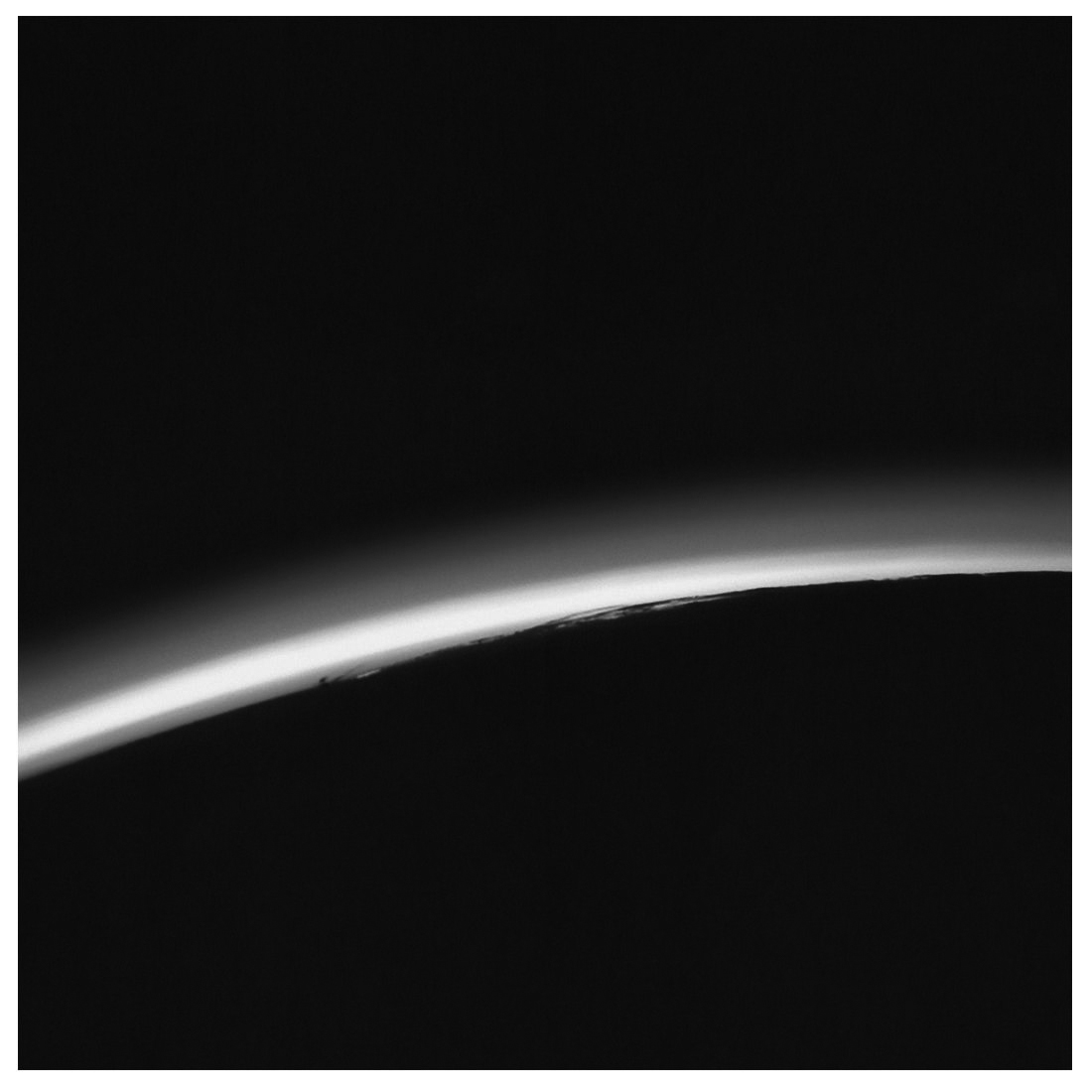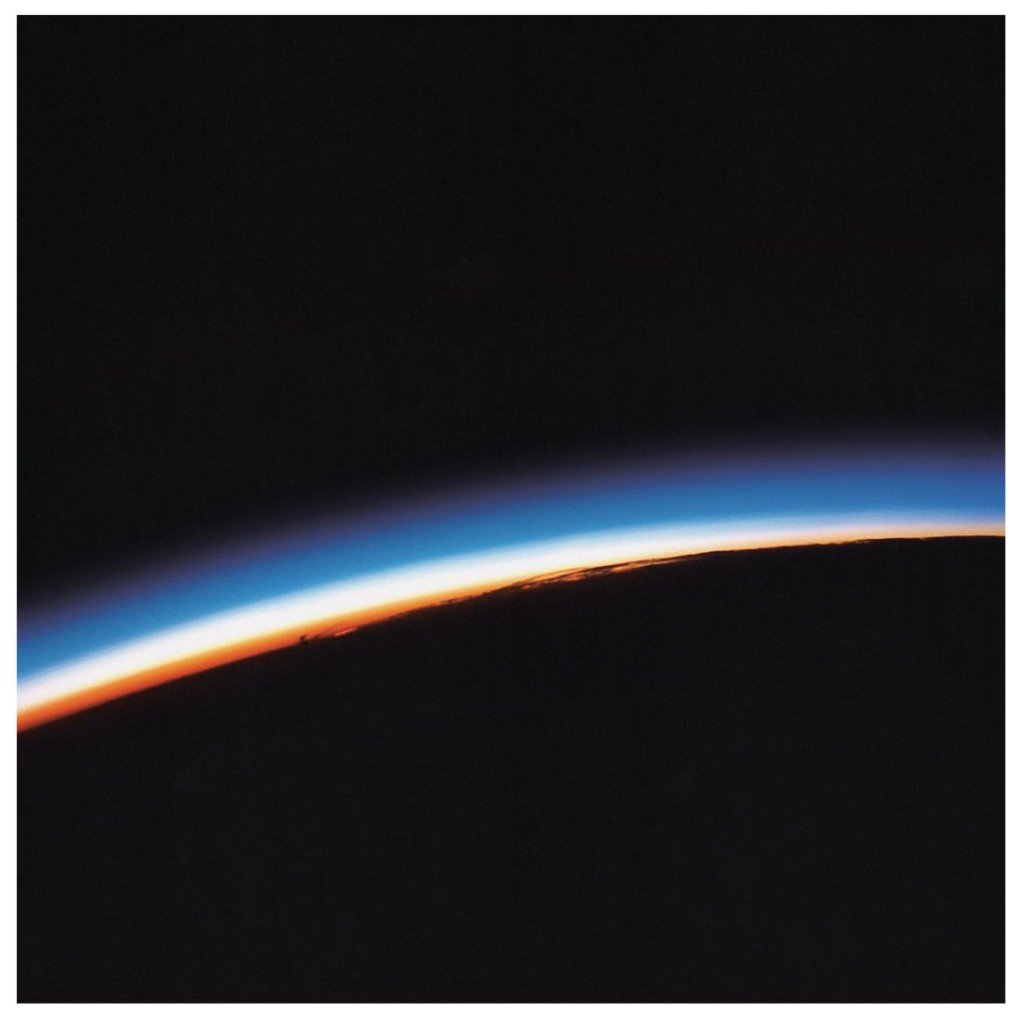As the Mystery Jets move from album to album, songwriter and frontman Blaine Harrison seems to continually re-define the group’s sound. To date, the Mystery Jets have penned records that have been labeled as post-punk revival, indie pop, and Americana. This trend of re-definition carries into the band’s latest release, Curve of the Earth, which leans heavily on atmospheric pianos and acoustic guitars to create a complex and often spacey offering. This cosmic feel attempts to bleed into the lyrical aspects of the album, though this isn’t very successful.
The points where Curve of the Earth is successful come when Harrison isn’t afraid to give in to the pop sensibility that is lurking throughout his songwriting. The best examples of this come through in the tracks “Telomere” and “Bubblegum.” Each of these tracks features a heavy complement of synths, punchy drums, and melodies that easily get stuck in your head — the basic formula for a good pop song. Unfortunately, the sonic symmetry that is reached on these tracks are few and far between on the rest of the album
Once you look past “Telomere” and “Bubblegum,” Curve of the Earth thins out drastically, though the track “Taken by the Tide” does have some sparkling moments within it. The primary issue is not only that the quality drops off, but that the song writing strays in multiple directions which make it hard to get in sync with the record as a listener. Some examples of this come in the form of “1985,” which is a ballad that becomes driven by a modulated Hawaiian guitar part, and “Bombay Blue” and “Midnight Mirror,” which both seemed to sink into a more ‘90s British alternative rock sound and sit very similar to the type of things Radiohead were doing during that period. It’s not bad to have diversity within a record, but having such drastic shifts from track to track is jarring to listen to.
On top of this, though the album is only nine songs in total, most tracks push the six minute mark in length and often exhaust themselves before coming to an end. For example, “Taken by the Tide” is a great alternative rock song that features excellent dynamic diversity between the verses (which are laid back and insightful) and the choruses (which are overdriven and inspired). However, the track simply carries on for far too long and wears itself out around the two-and-a-quarter minute mark, which is a common trend.
The lyrical aspects of Curve of the Earth are also riddled with issues. There is an apparent desire in Harrison’s writing to have an otherworldly feel, but most of the time these lines come off as cheesy. An example can be found in the track “Saturnine,” where he sings, “Suddenly you arrive / A distant star in two lovers’ eyes / But you had no choice / Appearing in this place / Before you had a voice / You were born to run the race.” The attempt is there to connect to something bigger than ourselves, but the rhythm and lyrical depth leaves much to be desired, and this is unfortunately a theme throughout the album. When Harrison steps away from trying to write space-inspired lyrics, he is actually quite successful, such as on “Taken by the Tide,” where the chorus belts out, “Well it seems so long ago / We were just kids … Brother I reached out / But you were taken by the tide.” But as mentioned, this doesn’t happen much.
As discussed off the top, Mystery Jets have always seemed to have a problem honing in on
“their sound.” Though Curve of the Earth does contain some moments of enlightenment, the disconnect from track to track and a lack of lyrical depth ultimately leaves the album feeling like a detached mess. It seems Mystery Jets have spent their entire career searching for their marquee sound. After Curve of the Earth, they are still as lost as ever.



